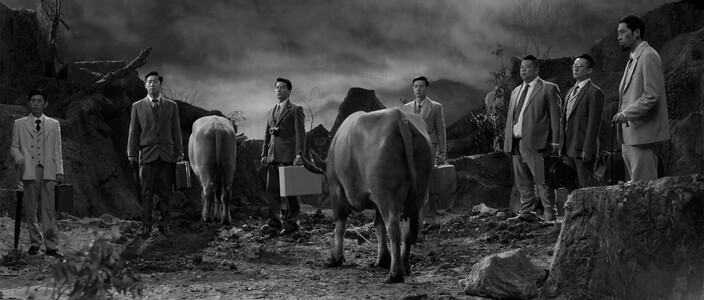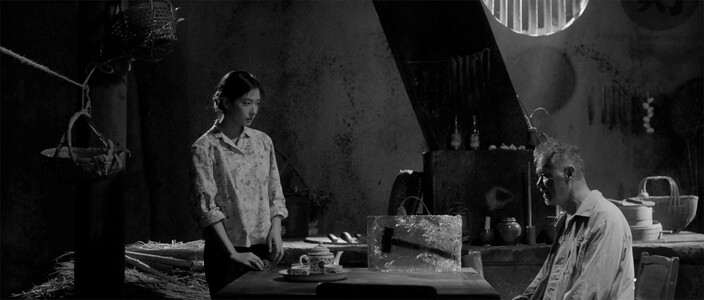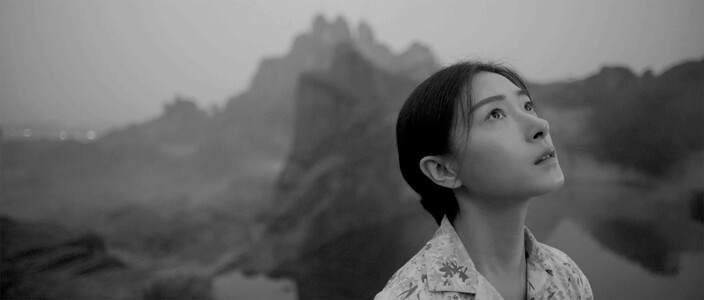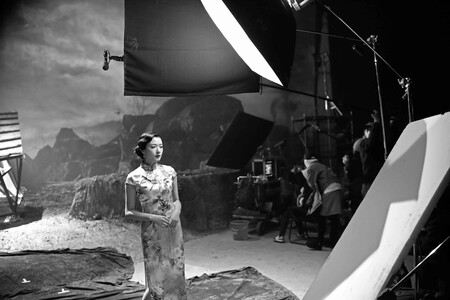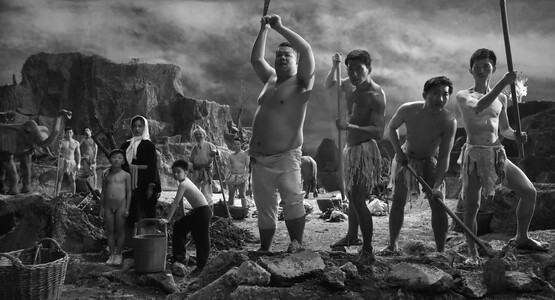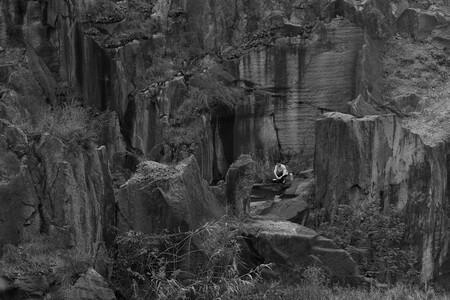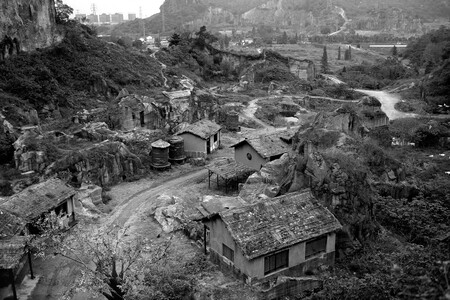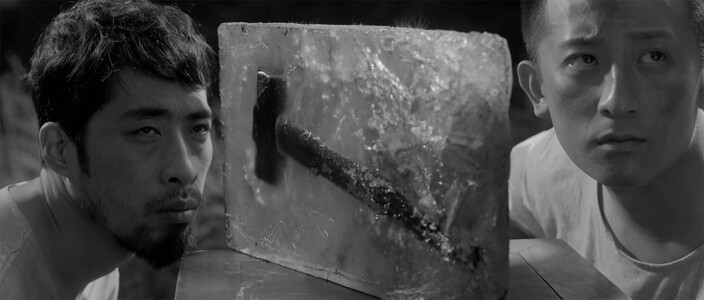"Moving Mountains" is a myth and legend in the "Lie Zi Tang Wen" who was the thinker of Chinese Warring States period . The article describes the story of the foolish man's family who is not afraid of hardships, digs the mountains, and finally influences the God Emperor and moves the mountains away. Artist Yang Fudong read the story of "Moving Mountains" during his youth, and was deeply affected by the unremitting spirit of the foolish man's family. At the same time, he encountered Xu Beihong's "Moving Mountains" paintings made during the War in 1940. And he was impressed by the illustrative composition, the vividly portrayed characters, as well as the persevering spirit, conveyed from the painting. This painting has also become the inspiration source for Yang Fudong's final film "Moving Mountains". Yang Fudong's poetic reflection on human nature and ever-changing values is the content of this 46-minute black-and-white film. Based on the characters in the picture, scene layout and other elements, after many adaptations and re-creation, the artist incorporates contemporary context and reinterprets the story of a modern version of Moving Mountains. This work reinterprets this Chinese myth and legend about perseverance and conviction, blending and colliding ancient stories that people have known since childhood with modern spirits, trying to trigger new thinking, and showing the determination, perseverance and perseverance behind the vicissitudes of significant changes — the spirit of the times.
Detail pictures:


